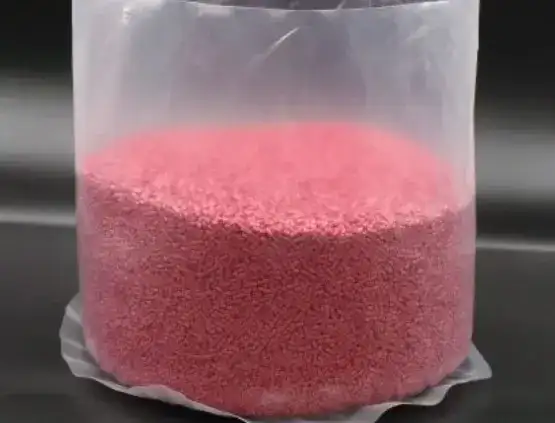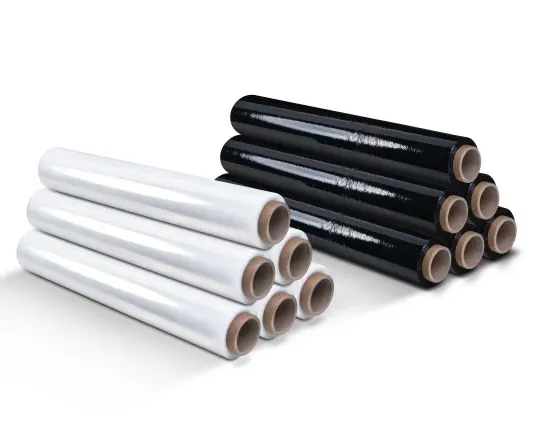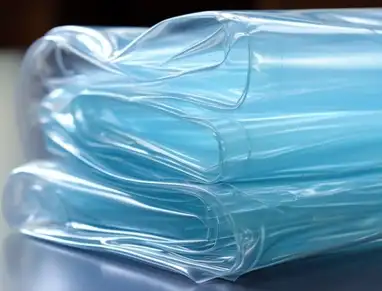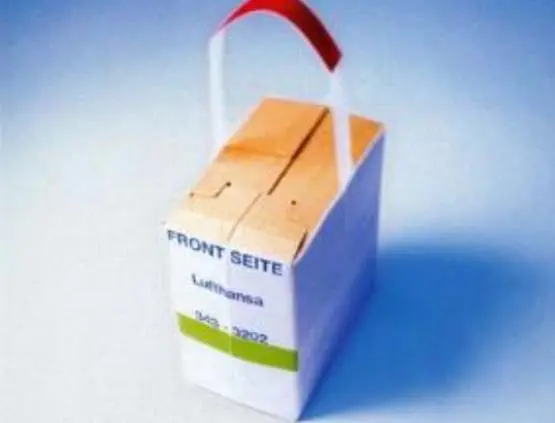Density:
Weakly branched polymer chains, resulting in a high density between 0.940 g/cm³ and 0.970 g/cm³ (“HD” stands for “high density”). High tensile and tear strength. Matte surface and high strength at low thicknesses, with a crackling/rustling effect. Due to its minimal flexibility and vapor permeability, it is primarily used in injection-molded film extrusion. It has a stiffer and more crackling feel than LDPE films. HDPE is non-shrinkable. Due to its high tear strength (~20–40 MPa) and stability, HDPE can be produced and processed in very thin thicknesses. The melting point is between 128°C and 136°C. Temperature-resistant from -50°C to +100°C.
Properties:
Due to its high density, HDPE is harder, stiffer, and more abrasion-resistant than LDPE. It is also resistant to many chemicals, fats, oils, acids, and bases, as well as moisture-repellent. Waterproof: It is non-hygroscopic, meaning it does not absorb water.
Recyclable:
HDPE can be recycled, making it a sustainable choice.
Applications:
HDPE is widely used in the packaging industry (e.g., bottles, canisters), construction (e.g., pipes, sewers), agriculture, and furniture manufacturing. It is also used for toys, cutting boards, and many other products.
Safety:
HDPE is considered non-hazardous and is commonly used in the food industry.
Difference from LDPE:
While HDPE is known for its robustness, LDPE is more flexible and is often used for films and bags. HDPE is stiffer and has a matte surface, while LDPE has a smoother, glossier surface and is more stretchable.
We do not use this polyethylene in its pure form. However, it is found in our MDPE products, as they are blended with LDPE.
Other properties:
Water Vapor Permeability PE
Oxygen Permeability PE
Or use our keyword search. Here you can search for any term.







